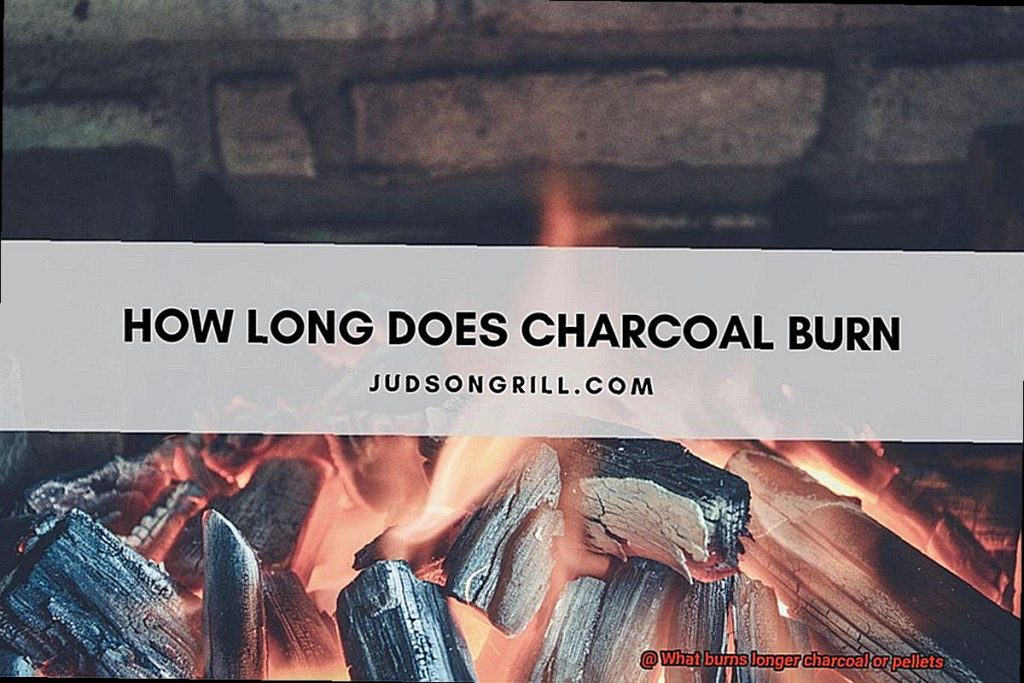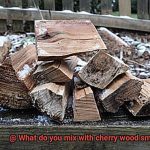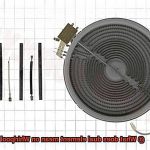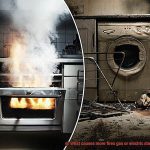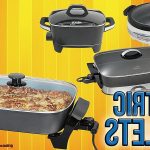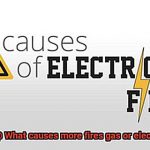Picture this: it’s a chilly night, and you’re snuggled up by the fire with your loved ones. But wait, what kind of fuel did you use for your fire? Charcoal and pellets are two of the most popular options, but which one burns longer?
Charcoal has been a household favorite for ages due to its potency and longevity. On the other hand, pellets are a relatively newer player in the game, often touted as energy-efficient and environmentally friendly.
But let’s cut to the chase – which one burns longer? Well, it’s not a straightforward answer. The burning efficiency, heat intensity, and burn time all play a significant role in determining which fuel will last longer. And that’s exactly what we’ll be exploring in this post.
Whether you’re grilling outside or cozying up by the fireplace indoors, understanding the differences between charcoal and pellets can make all the difference. So buckle up and get ready to find out which fuel reigns supreme when it comes to longevity – charcoal or pellets.
Contents
What Is Charcoal and How Does It Burn?
Charcoal, a highly porous and carbon-rich substance, is a popular fuel source used for grilling and smoking meats and vegetables. This versatile fuel is made through a process called pyrolysis, which involves burning wood or other organic materials in the absence of oxygen. This process removes most of the water, volatile gases, and impurities from the original material, leaving behind a fuel that burns hot and produces little smoke.
When charcoal is burned, it undergoes combustion, which produces heat, light, carbon dioxide, and water vapor. The amount of heat produced depends on several factors such as the type of wood used and the amount of oxygen present during the burning process. High-quality charcoals made from dense hardwoods like oak or hickory tend to burn hotter and longer than lower-quality charcoals made from softer woods or other materials.
However, there are exceptions to this rule. For instance, some high-quality wood pellets made from hardwoods can burn longer than low-quality charcoal briquettes. Ultimately, the choice between using charcoal or pellets for grilling comes down to personal preference. Charcoal produces a traditional smoky flavor, while wood pellets offer convenience and ease of use. Regardless of which option you choose, it’s important to use high-quality fuel and maintain proper airflow for optimal burning and longer-lasting heat.
In addition to its popularity for grilling, charcoal is also commonly used in industrial processes such as steelmaking. It serves as a reducing agent to remove impurities from iron ore. Furthermore, charcoal has been used for centuries in various cultures for medicinal purposes due to its absorbent properties.
What Are Pellets and How Do They Burn?
Pellets are small, cylindrical pieces of compressed sawdust, wood chips, or other organic materials that are used as a fuel source for heating or cooking. They are an eco-friendly option for fuel as they are typically made from waste wood materials that would otherwise be discarded.
Pellets offer several advantages over traditional fuels like charcoal and wood. They burn more efficiently, producing less ash and emitting fewer pollutants into the air. This means you can enjoy a clean-burning fuel source without worrying about harming the environment. Additionally, pellets burn at a more consistent temperature, making them perfect for use in grilling or smoking meats. Say goodbye to hot spots and fluctuating temperatures.
The composition of pellets is key to their efficient burning. Most pellets are made using a process called extrusion, which compresses the organic material into a dense, uniform shape. This process removes any excess moisture from the material, creating a fuel source that burns hot and clean.
When pellets are ignited, they release energy in the form of heat and light. The combustion of the organic material within the pellet breaks down into its component parts (carbon dioxide and water vapor) and releases stored energy in the process. As the pellet burns, it gradually shrinks in size until it is completely consumed, leaving behind only a small amount of ash.
Factors That Impact Burning Time
Let me break it down for you.
First of all, the type of wood used to make pellets or charcoal can greatly impact burning time. Hardwoods like oak and hickory tend to burn slower and longer than softwoods like pine or fir because they are denser and have a higher energy content. So if you want a longer burn time, go for pellets or charcoal made from hardwoods. Some manufacturers even use a blend of different woods to achieve a longer burn time.
The size of the pieces also plays a role in burning time. Smaller pieces of charcoal or pellets will burn faster because they have more surface area, allowing them to burn more quickly. Larger pieces, however, may be better for longer cooking times as they can provide a more consistent heat source over time. So consider how long you plan on cooking when choosing the size of your fuel.
The method of cooking can also impact burning time. Cooking with a lid on a grill can trap heat and help to extend the burn time of both charcoal and pellets. On the other hand, cooking with an open flame may cause both fuels to burn faster due to increased air flow. So keep this in mind when deciding how to cook your food.
In summary, there are several factors that impact burning time, but ultimately it depends on what type of fuel you prefer and how you plan to use it for your cooking needs. To help you choose, here’s a list of key considerations:
- Type of wood: Hardwoods like oak and hickory burn slower and longer than softwoods like pine or fir.
- Size of pieces: Smaller pieces burn faster, while larger pieces provide a more consistent heat source over time.
- Method of cooking: Cooking with a lid can extend burn time, while cooking with an open flame can cause fuels to burn faster.
Charcoal vs. Pellets: Which Burns Longer?
One of the most critical factors to consider when picking between charcoal and wood pellets is burn time. So, the question remains: which one burns longer?
In general, charcoal has a longer burn time than wood pellets. This is because charcoal is denser and has a higher carbon content than wood pellets. Its density results in a longer burn time, making it a reliable option for those who want to cook for an extended period. Additionally, charcoal is made by burning wood in a low-oxygen environment, removing impurities and moisture to leave behind pure carbon.
However, it’s worth noting that not all wood pellets are created equal. Some types of wood pellets, like those made from hardwoods such as oak or hickory, have more density and higher heat output than others made from softwoods like pine or fir. Therefore, if you prefer using wood pellets, it’s crucial to research and find the right type for your needs.
Besides the type of fuel used, other factors can also impact burn time. The temperature at which you grill or smoke, the amount of fuel used, and regulating airflow all play critical roles in determining how long your fuel will last. For instance, cooking at high temperatures will cause your fuel to burn faster than cooking at lower temperatures. Similarly, using too much fuel or not regulating airflow can cause both charcoal and wood pellets to burn faster than necessary.
Ultimately, there’s no one-size-fits-all solution when it comes to choosing a fuel source for your grill or smoker. If you’re looking for a consistent heat source over an extended period, charcoal may be the perfect option due to its density and carbon content. However, suppose you’re searching for a more eco-friendly option with a range of flavors to choose from. In that case, wood pellets may be the way to go.
Benefits of Using Charcoal for Grilling
Charcoal briquettes are made from compressed wood and natural materials, which makes them dense and slow-burning. This means that a single load of charcoal can last for several hours, making it perfect for slow-cooking meats like brisket or ribs.
But the real selling point of charcoal is its ability to infuse food with a smoky flavor that is hard to replicate with other fuels. The smoke produced by burning coals contains compounds that react with meat to create unique flavors and aromas. It’s no wonder that charcoal-grilled burgers, steaks, and chicken taste so much better.
In addition to its ability to create delicious flavors, charcoal burns at a higher temperature than gas or pellets, which allows for better searing and caramelization of meats. Achieving those beautiful grill marks and crispy crusts is a breeze with charcoal.
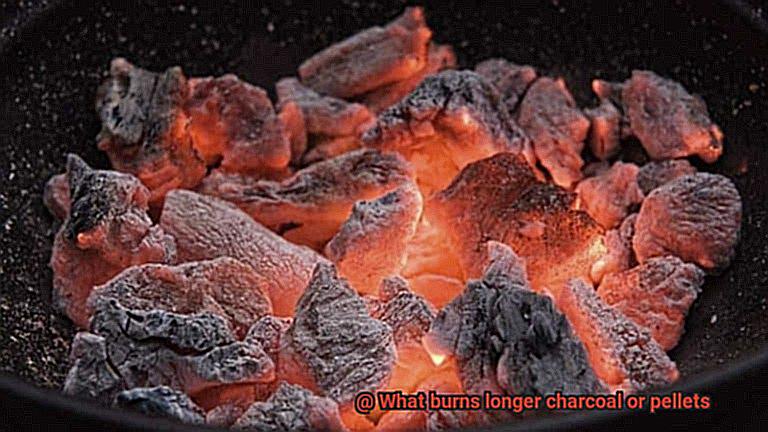
Another advantage of using charcoal is that it’s more affordable than gas or pellets. While the initial cost of a charcoal grill may be higher, the ongoing cost of fuel is significantly lower. A bag of charcoal can last for several grilling sessions whereas a propane tank or pellet hopper may need to be refilled more frequently.
Lastly, cooking over hot coals creates a traditional outdoor cooking experience that cannot be replicated with a gas grill or pellet smoker. There’s something nostalgic and satisfying about tending to a fire and cooking over hot coals that brings people together around the firepit.
Benefits of Using Pellets for Grilling
Switch to pellets for your next outdoor cooking adventure. As an expert on the benefits of using pellets for grilling, I assure you that they offer a range of advantages over charcoal.
Firstly, pellets are an eco-friendly option made from compressed sawdust and wood shavings. Not only are you getting delicious grilled food, but you’re also supporting sustainable practices and reducing waste.
But it’s not just about being environmentally conscious – pellets also offer practical benefits. One of the most significant advantages is their longer burn time. With up to 12 hours of burning potential, you won’t have to worry about constantly refilling your grill or smoker during those long smoking sessions.
In addition, pellets produce less ash than charcoal, which means less time spent cleaning up after your grilling session. And with consistent heat throughout the cooking process, you can ensure evenly cooked food every time, without any guesswork.
But perhaps the most exciting aspect of using pellets for grilling is the variety of flavors available. From hickory to mesquite to applewood, there’s a pellet for every taste preference. No need to fuss with marinades or seasonings – the pellets do the work for you. You can experiment with different flavors and create unique and delicious dishes every time.
Moreover, pellets are incredibly easy to use and require minimal prep time. Simply pour them into the hopper of your pellet grill or smoker, and voila – you’re ready to start grilling. This makes them a perfect option for busy weeknights or last-minute outdoor gatherings.
Tips to Maximize Burning Time When Grilling with Charcoal or Pellets
Grilling is an art that requires patience, skill, and the right tools. One of the biggest challenges when grilling with charcoal or pellets is maximizing burning time. The last thing you want is to keep adding fuel to your grill, interrupting the cooking process and wasting fuel. Here are some tips to help you get the most out of your fuel:
Choose high-quality fuel
The quality of the fuel you use can make a big difference in how long it lasts. When it comes to charcoal grilling, opt for high-quality briquettes made from compressed sawdust and other wood products. For pellet grilling, hardwood pellets like oak or hickory are known for their longer burning time compared to softwood pellets.
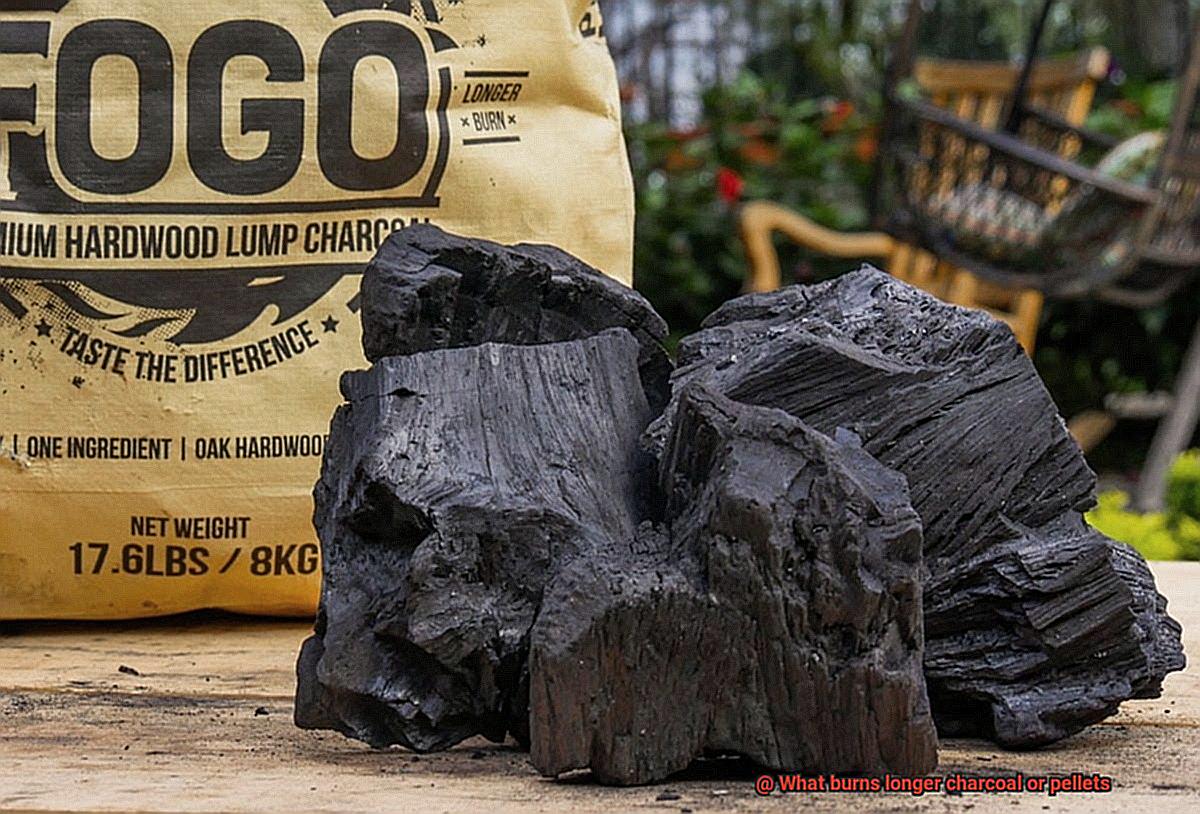
Control airflow
Proper airflow is essential for efficient burning and longer burn times. Adjust vents and dampers as needed to regulate temperature and maintain consistent airflow throughout the cooking process. A vented lid should be used when charcoal grilling to allow oxygen to reach the coals.
Preheat the grill
Preheating your grill before adding food helps distribute heat more efficiently, reducing the amount of fuel needed during cooking. This ensures that your grill is ready to go when you start cooking.
Use a chimney starter
Chimney starters are a great way to get charcoal or pellets burning quickly and evenly without needing lighter fluid or other accelerants that can burn off too quickly and waste fuel. They also help ensure that all the fuel is lit, which can lead to longer burn times.
Practice proper grill maintenance
Keeping your grill clean and free of ash and grease buildup can help maintain proper airflow and prevent flare-ups that can burn through fuel too quickly. Make sure to clean your grill thoroughly before each use.
qUMxN0Qfdww” >
Conclusion
After careful consideration of all the factors, it’s clear that the answer to the question “What burns longer charcoal or pellets?” is not a simple one. Both fuels have their unique qualities that impact their burn time, making it difficult to determine a clear winner.
Charcoal, for instance, is a dense fuel source that burns hot and produces minimal smoke. This makes it perfect for slow-cooking meats like brisket or ribs and offers a traditional smoky flavor. On the other hand, pellets are an eco-friendly option made from waste wood materials that would otherwise be discarded. They provide consistent heat throughout the cooking process and produce less ash than charcoal.
To maximize burning time with either fuel source, there are several things you can do. Choosing high-quality fuel is essential, as well as controlling airflow, preheating your grill or smoker, using a chimney starter, and practicing proper grill maintenance.
Ultimately, choosing between charcoal and pellets comes down to personal preference and cooking needs. Regardless of which option you choose, using high-quality fuel and maintaining proper airflow will ensure optimal burning and longer-lasting heat.
So whether you’re firing up your grill for a backyard BBQ or smoking meat for hours on end, rest assured knowing that you have all the information needed to make an informed decision about what burns longer between charcoal and pellets.

